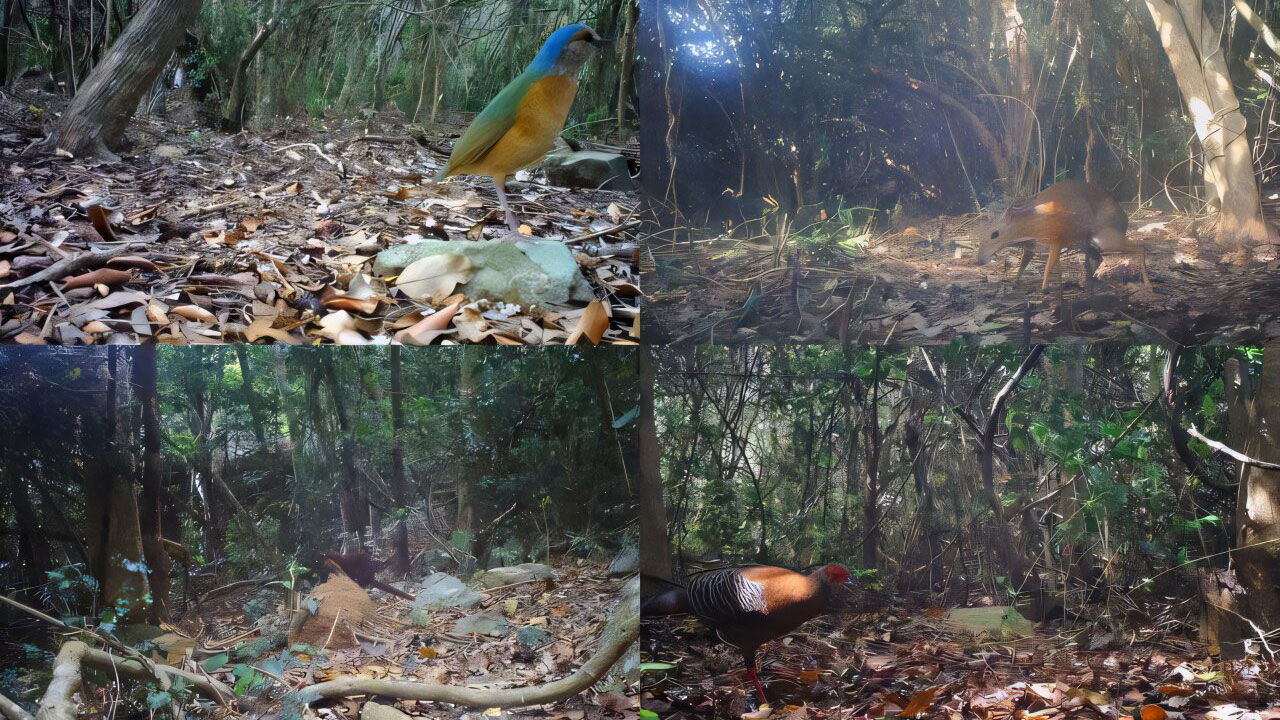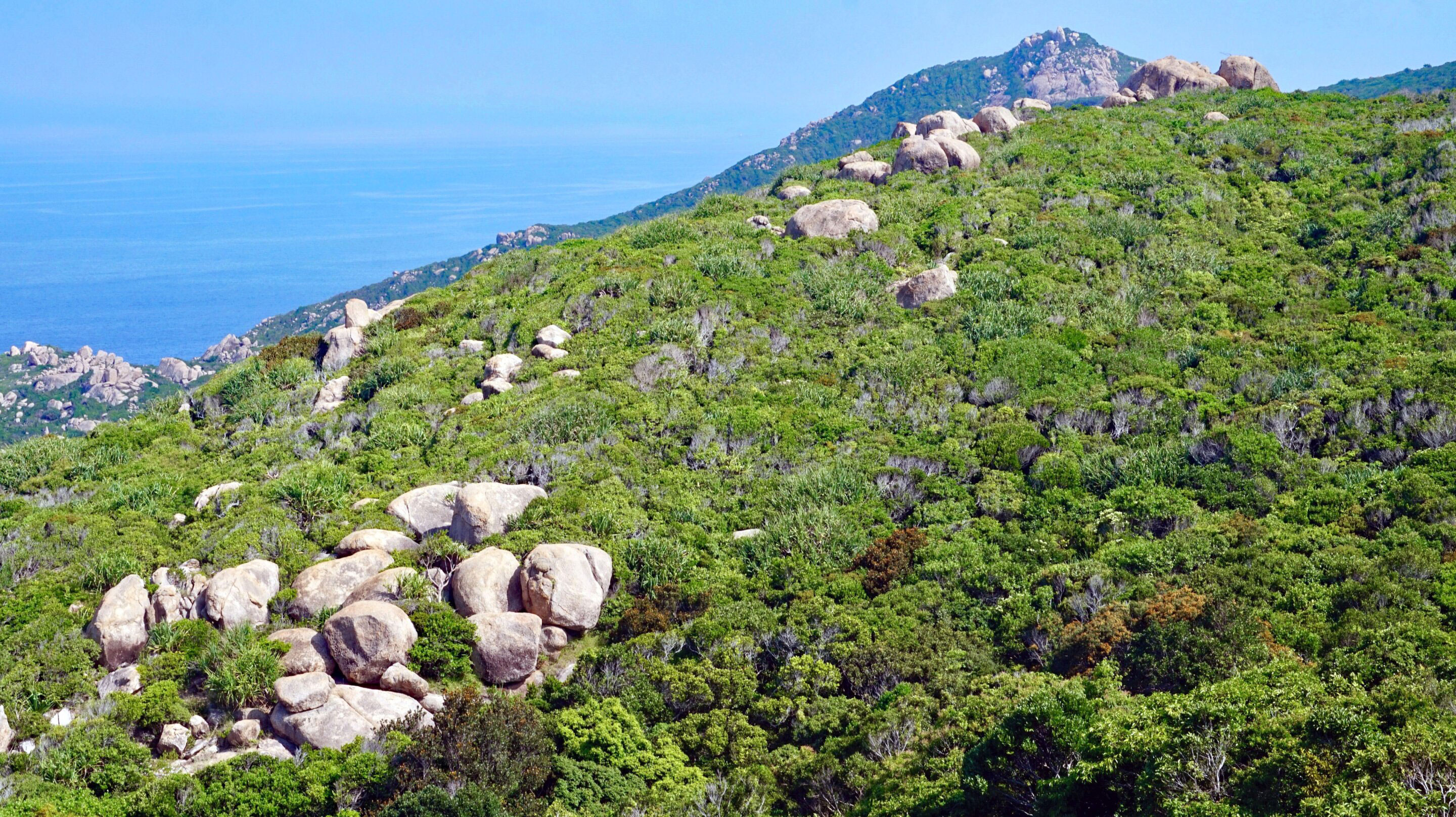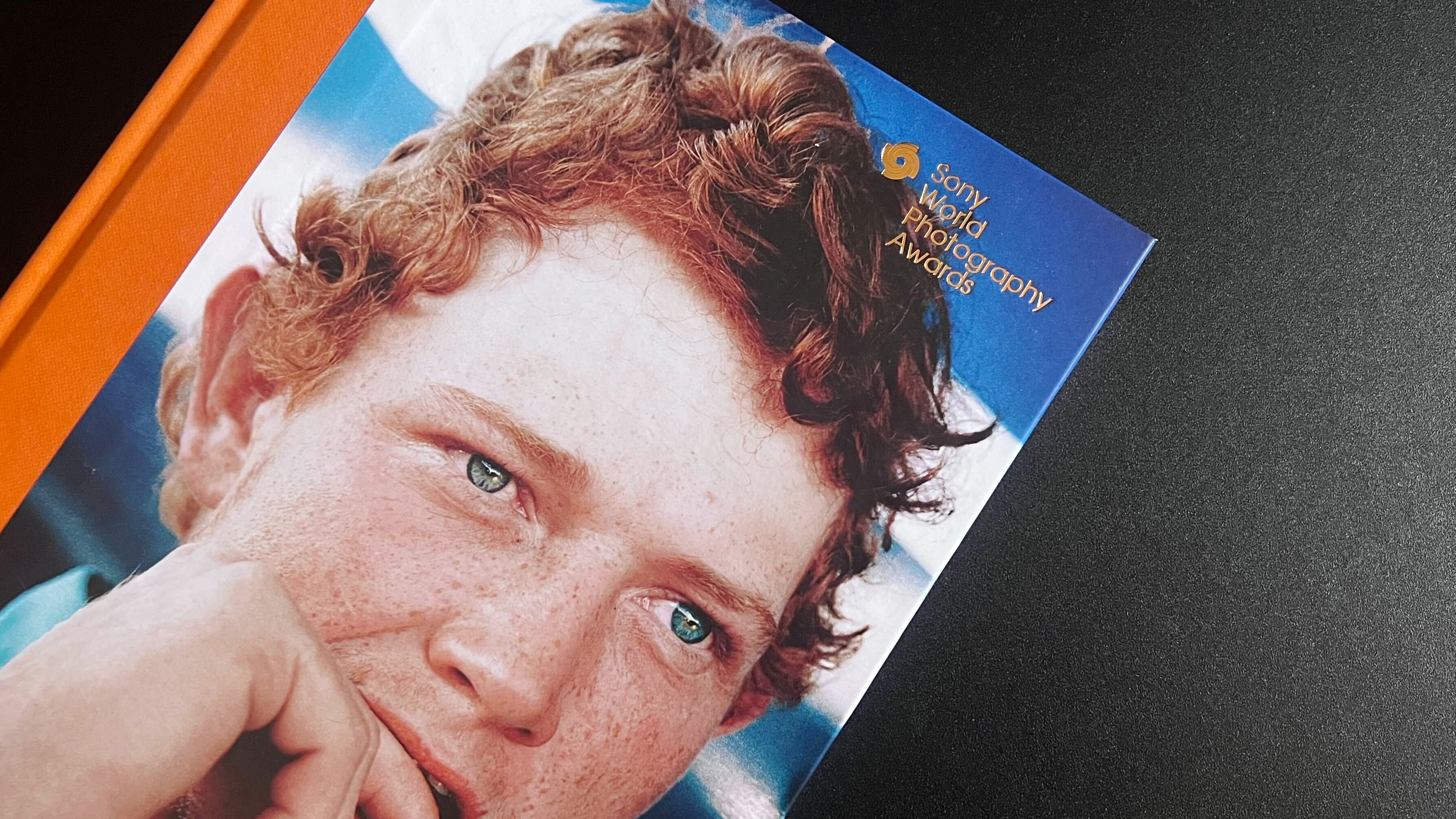Wildlife camera surveys in Vietnam reveal the conservation importance of habitat transition zones
Trail cameras and camera surveys have continued to prove an essential tool in wildlife and habitat conservation

One million of the world’s estimated eight million species of plants and animals are threatened with extinction, and trail cameras – also known as camera traps – are proving instrumental tools of conservation.
Globally, tropical rain forests are among the most species-rich habitats in the world – and one of the most vulnerable, with deforestation, poaching, climate change and wildfires all major threats.
As such, they are often prioritized in conservation efforts. And a team of scientists from Vietnam and Germany have now been able to prove that the diversity of ground-dwelling mammals and birds in Nui Chua National Park, Vietnam, is highest in semi-dry forest – the transitional habitat where dry and wet evergreen broadleaf forest habitats meet.
These findings, achieved using trail cameras, highlight the conservation importance of these habitat transition zones, the scientists write in a paper published in the journal, Biotropica.
Nui Chua National Park is located in the south of Vietnam, and is the only national park with coastal dry forest landscape in the country. The area is unique for its habitat diversity, with dry forest at low elevations, semi-dry forest in a transitional area and wet evergreen forest at high elevations. It gained attention in 2018 when the silver-backed chevrotain (Tragulus versicolor) – a type of mouse deer – was rediscovered by scientists there.

To gather the baseline data on the new species, the scientists conducted 5 camera trap surveys between 2018 and 2022.
"While searching for the silver-backed chevrotain in the park, I was surprised by the high number of records of other species in the forest area where we rediscovered this endemic species," says An Nguyen, doctoral student in the Department of Ecological Dynamics at the Leibniz Institute for Zoo and Wildlife Research (Leibniz-IZW). "This inspired us to look beyond the species level and investigate the ground-dwelling mammal and bird community in Nui Chua NP."
Get the Digital Camera World Newsletter
The best camera deals, reviews, product advice, and unmissable photography news, direct to your inbox!
The team set up a total of 145 camera traps stations across the park to survey the ground-dwelling mammals and birds. The remote nature of the trail cameras meant conservation efforts could continue throughout the COVID-19 Pandemic.
"The highest diversity was found in the semi-dry transition areas between the coastal dry forest and the high-elevation rainforest," says Tran Van Tiep, director of Nui Chua National Park.
"Detailed insights into the occurrence and distribution of wildlife can help conservation planning and the prioritization of limited conservation resources."
The trail camera footage provided evidence that the highly threatened silver-backed chevrotain has its largest population in the semi-dry forests of Nui Chua, proving to the global community that these ecosystems must be studied, and protected.
You might also like…
Feel like getting in touch with nature? Check out our guides to the best trail cameras, the best cameras for wildlife photography, and the best cheap drones.

After graduating from Cardiff University with an Master's Degree in Journalism, Media and Communications Leonie developed a love of photography after taking a year out to travel around the world.
While visiting countries such as Mongolia, Kazakhstan, Bangladesh and Ukraine with her trusty Nikon, Leonie learned how to capture the beauty of these inspiring places, and her photography has accompanied her various freelance travel features.
As well as travel photography Leonie also has a passion for wildlife photography both in the UK and abroad.
